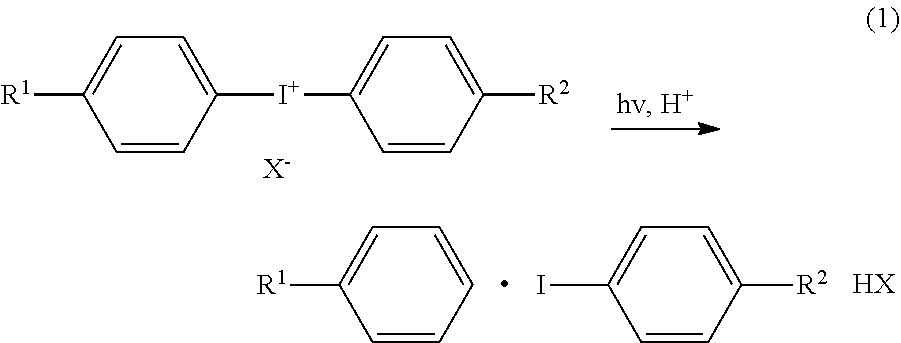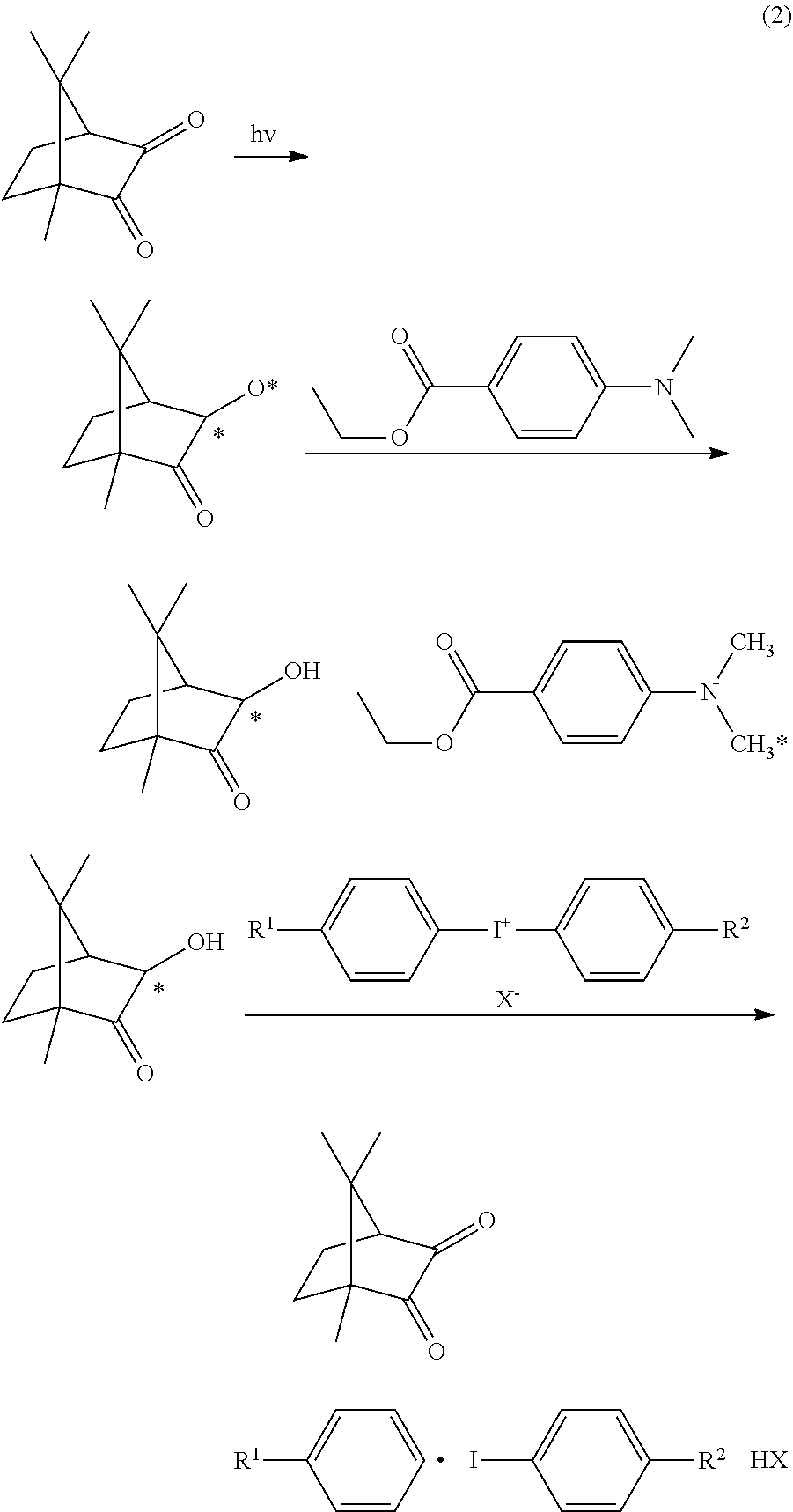Photocurable composition and dental restoration filling material
a technology of dental restoration and composition, applied in dental prosthetics, dental impression caps, dentistry, etc., to achieve the effect of satisfying cavity restoration workability, high mechanical strength, and fast restoration operation
- Summary
- Abstract
- Description
- Claims
- Application Information
AI Technical Summary
Benefits of technology
Problems solved by technology
Method used
Image
Examples
examples
[0165]Hereinafter, the present invention will be more specifically described by way of Examples; however, the present invention is not intended to be limited to these Examples.
[0166]The methods for measuring various physical properties according to the present invention are respectively as follows.
(1) Average Particle Size
[0167]Photographs of a powder were taken by a scanning electron microscope (manufactured by Philips N.V., “XL-30S”), and the number of whole particles (30 particles or more) observed within a unit viewing field of the photographs and the primary particle size (maximum diameter) of the whole particles were respectively measured. Based on the measured values thus obtained, the average particle size was calculated by the following formula.
x_=∑i=1nxin(Numberaverage)(n:numberofparticle,xi:primaryparticlesize(maximumdiameter)ofi-thparticle)
(2) Abundance Proportion of Average Particle-Sized Particles
[0168]The number of particles having a particle size within the range of ...
examples 1 to 12
[0212]The polymerization initiators shown in Table 4 and 0.15 parts by mass of HQME were added to and mixed into polymerizable monomer M1 or M2, and thus a uniform polymerizable monomer composition was prepared. Next, each of the fillers shown in Table 4 was weighed in a mortar, the polymerizable monomer composition was slowly added thereto under red light, and the mixture was sufficiently kneaded in the dark. Thus, a uniform paste was obtained. Furthermore, this paste was degassed under reduced pressure to eliminate air bubbles, and thus a photocurable composition was prepared. For the photocurable composition (filling restorative material) thus obtained, various physical properties were evaluated based on the above-described methods. The compositions of the photocurable compositions are shown in Table 4, and the evaluation results are shown in Table 6 and Table 7. The values in the parentheses in Table 1 represent the use amounts (unit: parts by mass) of the polymerizable monomer,...
PUM
| Property | Measurement | Unit |
|---|---|---|
| particle size | aaaaa | aaaaa |
| refractive index | aaaaa | aaaaa |
| refractive index | aaaaa | aaaaa |
Abstract
Description
Claims
Application Information
 Login to View More
Login to View More - R&D
- Intellectual Property
- Life Sciences
- Materials
- Tech Scout
- Unparalleled Data Quality
- Higher Quality Content
- 60% Fewer Hallucinations
Browse by: Latest US Patents, China's latest patents, Technical Efficacy Thesaurus, Application Domain, Technology Topic, Popular Technical Reports.
© 2025 PatSnap. All rights reserved.Legal|Privacy policy|Modern Slavery Act Transparency Statement|Sitemap|About US| Contact US: help@patsnap.com



